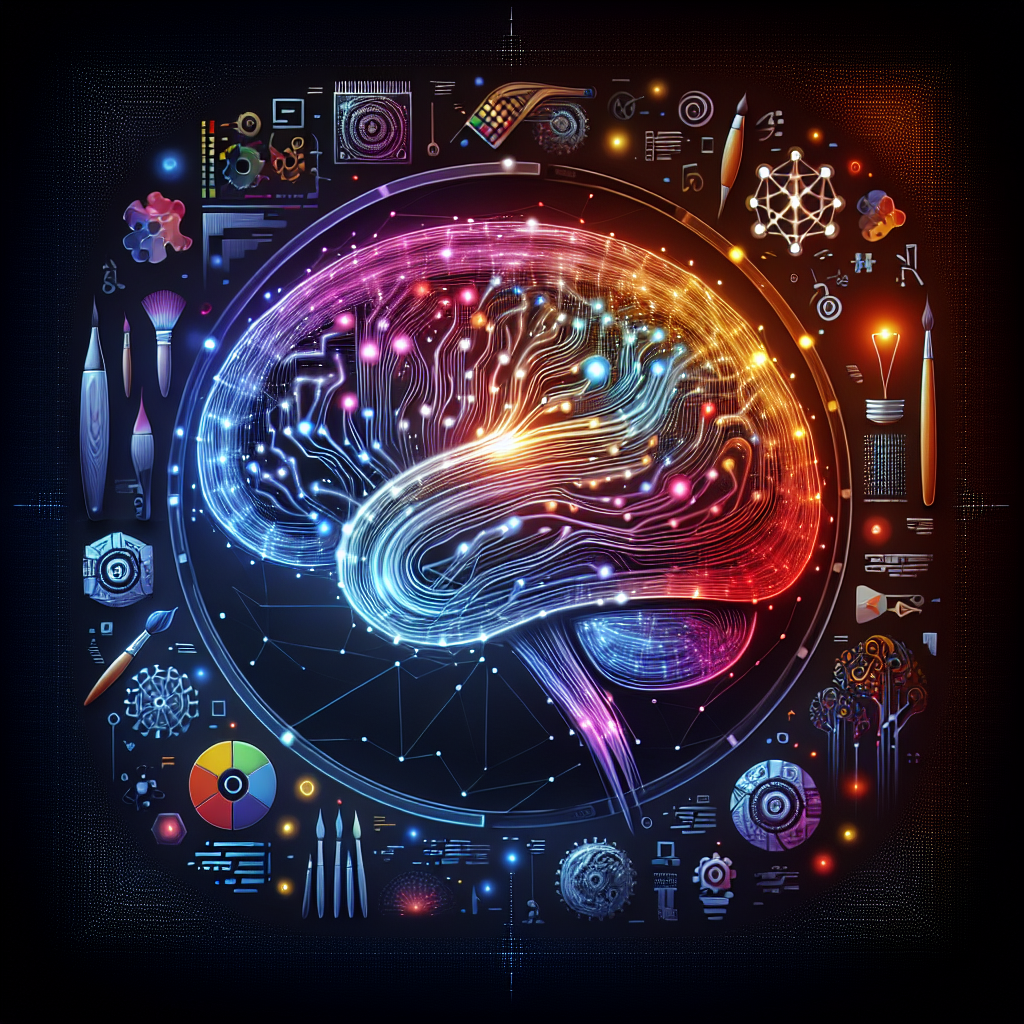The Future of AI-Driven Creative Practices
Artificial Intelligence (AI) has rapidly become a driving force in various industries, from healthcare to finance to entertainment. One of the most exciting areas where AI is making significant strides is in the realm of creative practices. By harnessing the power of machine learning algorithms, AI is transforming the way we approach creativity, enabling us to push the boundaries of what is possible in terms of art, design, and innovation.
AI-driven creative practices encompass a wide range of applications, from creating music and visual art to designing products and generating content. While some may view AI as a threat to human creativity, many experts believe that AI has the potential to enhance and amplify our creative abilities, opening up new possibilities for innovation and expression. In this article, we will explore the future of AI-driven creative practices and how they are shaping the way we think about creativity in the digital age.
AI in Music Composition
One of the most exciting applications of AI in creative practices is in music composition. AI algorithms can analyze vast amounts of musical data, from classical compositions to modern hits, to generate new music that is both innovative and engaging. By understanding patterns and structures in music, AI can create compositions that push the boundaries of what is possible in terms of melody, harmony, and rhythm.
One of the most well-known examples of AI in music composition is Google’s Magenta project, which uses machine learning to generate music and art. Magenta’s AI algorithms have produced music that is indistinguishable from human compositions, blurring the lines between man and machine in the creative process.
AI in Visual Art
AI is also making waves in the world of visual art. With the rise of Generative Adversarial Networks (GANs), AI algorithms can generate realistic images and videos that are virtually indistinguishable from those created by human artists. These algorithms can be used to create stunning visual effects, generate realistic landscapes, and even design entire virtual worlds.
One of the most famous examples of AI in visual art is the creation of portraits by the AI artist, Robbie Barrat. Barrat’s AI algorithms have generated portraits that have been exhibited in galleries around the world, challenging our notions of what it means to be an artist in the digital age.
AI in Design
AI is also revolutionizing the field of design, enabling designers to create products and interfaces that are more user-friendly, intuitive, and visually appealing. By analyzing user data and preferences, AI algorithms can generate designs that are tailored to individual needs and preferences, leading to a more personalized and engaging user experience.
AI-driven design tools, such as Adobe’s Sensei, are empowering designers to create stunning graphics, animations, and layouts with ease. These tools can analyze user behavior, trends, and preferences to generate designs that are not only aesthetically pleasing but also functional and user-friendly.
The Future of AI-Driven Creative Practices
The future of AI-driven creative practices is bright, with endless possibilities for innovation and expression. As AI algorithms become more sophisticated and powerful, we can expect to see even more groundbreaking applications of AI in the creative realm. Here are some of the key trends that we can expect to see in the future of AI-driven creative practices:
1. Collaborative Creativity: In the future, AI algorithms will not only assist human creators but also collaborate with them in the creative process. By combining human intuition and creativity with AI’s analytical capabilities, creators can push the boundaries of what is possible in terms of art, design, and innovation.
2. Personalized Creativity: AI algorithms will enable creators to tailor their work to individual preferences and needs, leading to a more personalized and engaging creative experience. By analyzing user data and feedback, AI can generate designs, music, and art that resonate with audiences on a deeper level.
3. Ethical Creativity: As AI becomes more integrated into the creative process, it is important to consider the ethical implications of AI-driven creative practices. Creators must be mindful of bias, privacy concerns, and ethical considerations when using AI in their work, ensuring that their creations are both innovative and responsible.
4. Cross-disciplinary Creativity: AI-driven creative practices are breaking down the boundaries between different disciplines, enabling creators to explore new ideas and concepts in innovative ways. By combining AI with fields such as music, art, design, and technology, creators can create truly unique and groundbreaking work.
FAQs
Q: Will AI replace human creativity?
A: While AI has the potential to enhance and amplify human creativity, it is unlikely to replace human creators entirely. AI algorithms are tools that can assist and collaborate with human creators in the creative process, enabling them to push the boundaries of what is possible in terms of art, design, and innovation.
Q: How can creators leverage AI in their work?
A: Creators can leverage AI in their work by using AI-driven tools and algorithms to generate music, art, and design that is innovative and engaging. By analyzing user data, trends, and preferences, creators can tailor their work to individual needs and preferences, leading to a more personalized and engaging creative experience.
Q: What are the ethical considerations of AI-driven creative practices?
A: Creators must be mindful of bias, privacy concerns, and ethical considerations when using AI in their work. It is important to ensure that AI algorithms are used responsibly and ethically, taking into account the impact of AI on society, culture, and creativity.
In conclusion, the future of AI-driven creative practices is full of exciting possibilities for innovation and expression. By combining human intuition and creativity with AI’s analytical capabilities, creators can push the boundaries of what is possible in terms of art, design, and innovation. As AI algorithms become more sophisticated and powerful, we can expect to see even more groundbreaking applications of AI in the creative realm, leading to a more personalized, collaborative, and ethical creative experience for creators and audiences alike.

